Welcome to the official website of Juhua!
Press-locked Grating
Welcome to the official website of Juhua!

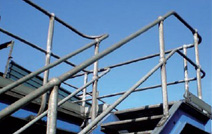
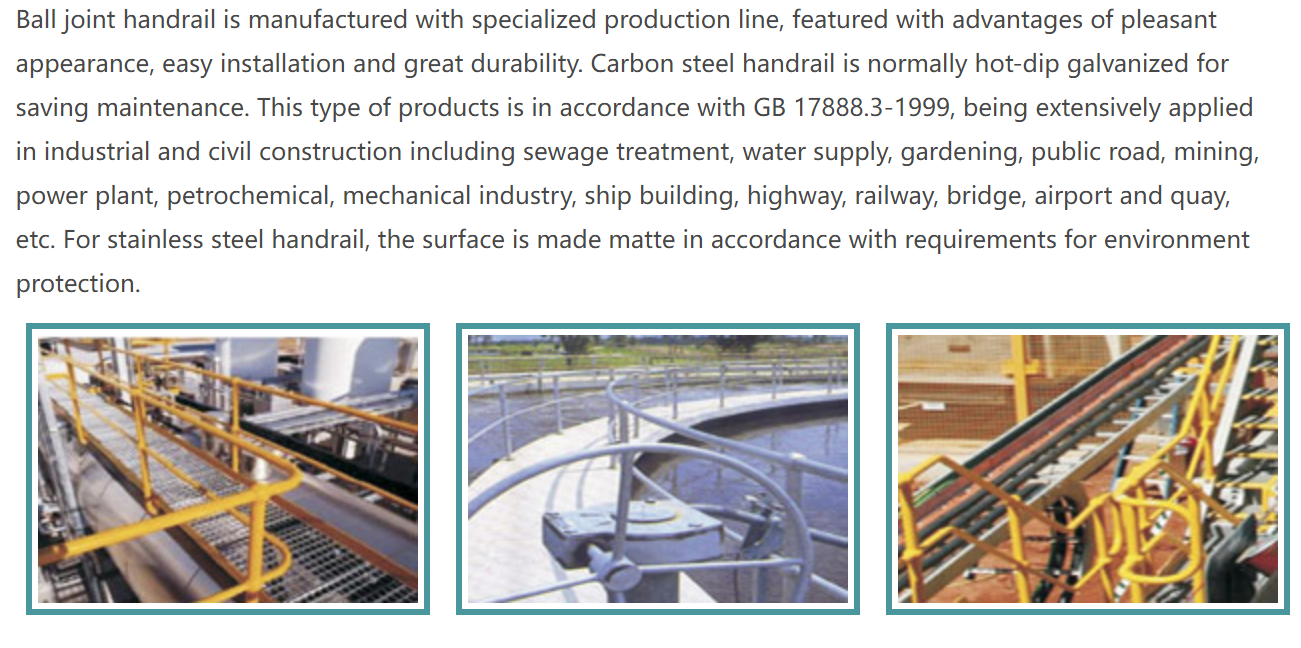
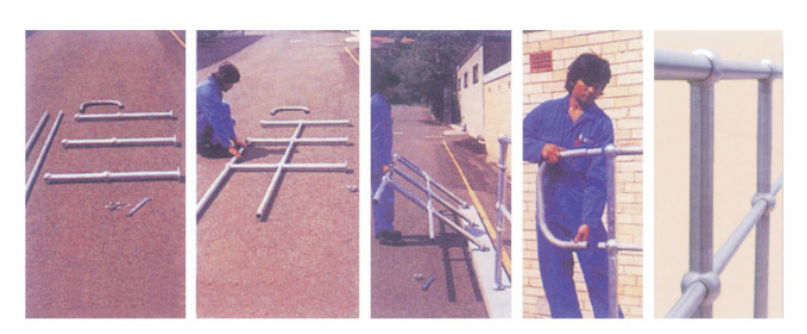
I,Horizontal Work
1. Where there is sufficient room...
(1) Space out stanchions and lay rail tubes alongside where handrail is to be erected.
(2) Pull stanchion onto pipe from either end to opposite where they are to be fixed.
(3) Stand up system and temporarily bolt both end stanchions for safety.
(4) Position and bolt intermediate stanchions. Pack either side of base plate with shims to align system if necessary.
2. Where there is insufficient room ...
(1) Fix the end stanchion securely in position, then feed both handrail and kneerail into stanchion while supporting other
end of pipe until other stanchions can be placed.
(2) Place a brick or similar support under base plate until nex stanchion is fed onto pipe.
(3) Move brick to this stanchion and proceed to pull previous stanchion along pipe to its final position.
(4) Bole loosely and repeat operation as previous sequence.
II, Stairway Work
(1) Start at bottom of first flight and work up for SAFETY.
(2) Bolt bottom stanchion securely in position, then the second stanchion loosely in position.
(3) Feed the pipe down through No.2 stanchion and just enter No. 1 halfway. Allow free end to hang.
(4) Feed mid rail through No.2 stanchion and right through No. 1 approx. 75mm.
(5) Fit and securely fix angle closure bend, either by slip joint and taperpin or tack welding.
(6) Feed and fix additional stanchion and tighten.
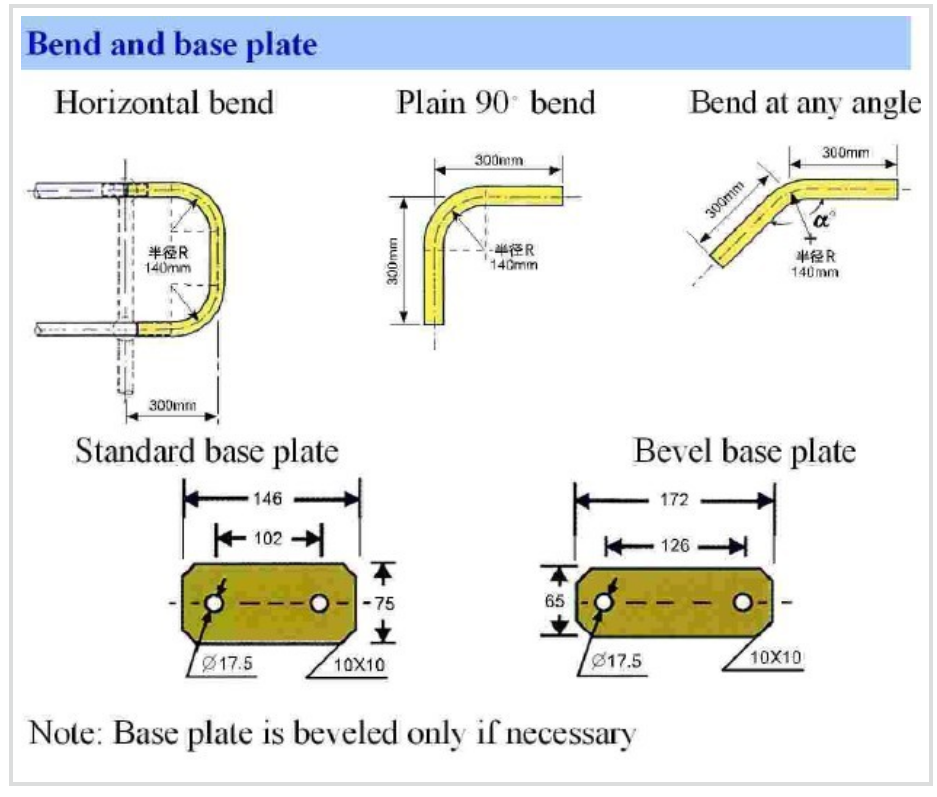
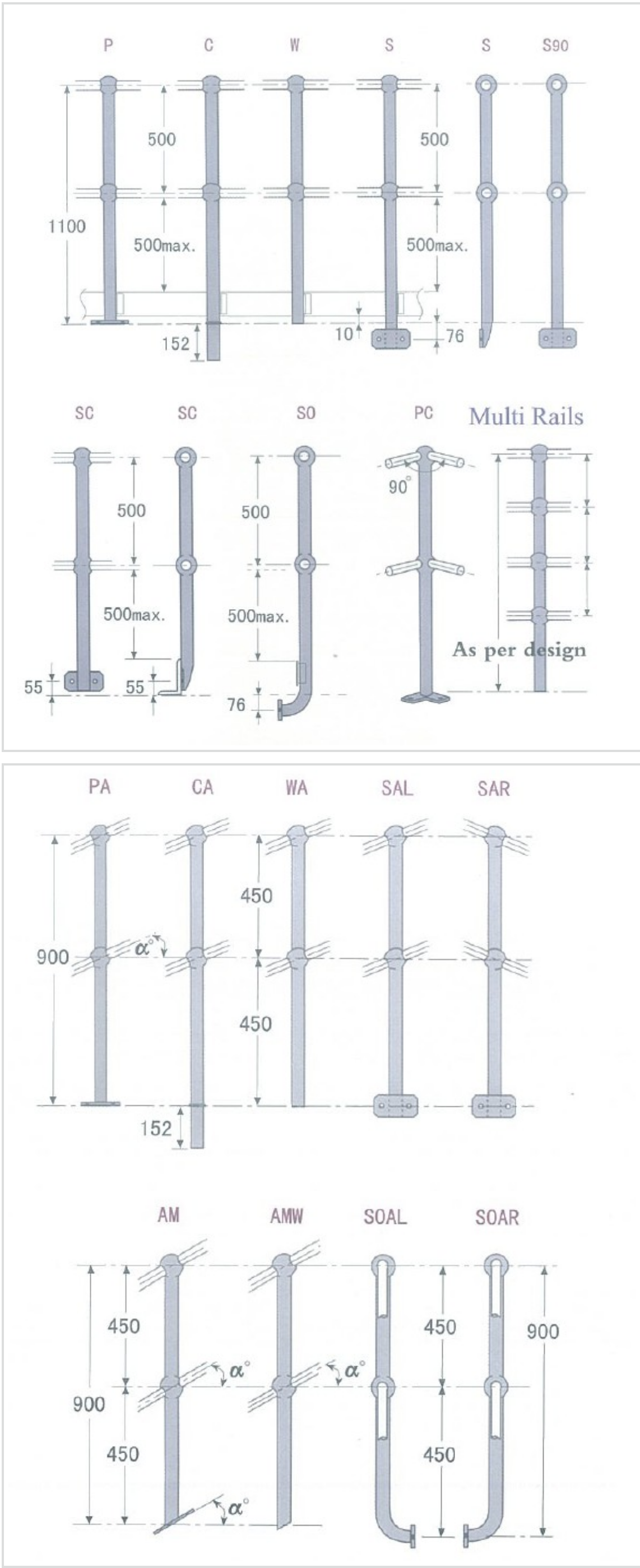
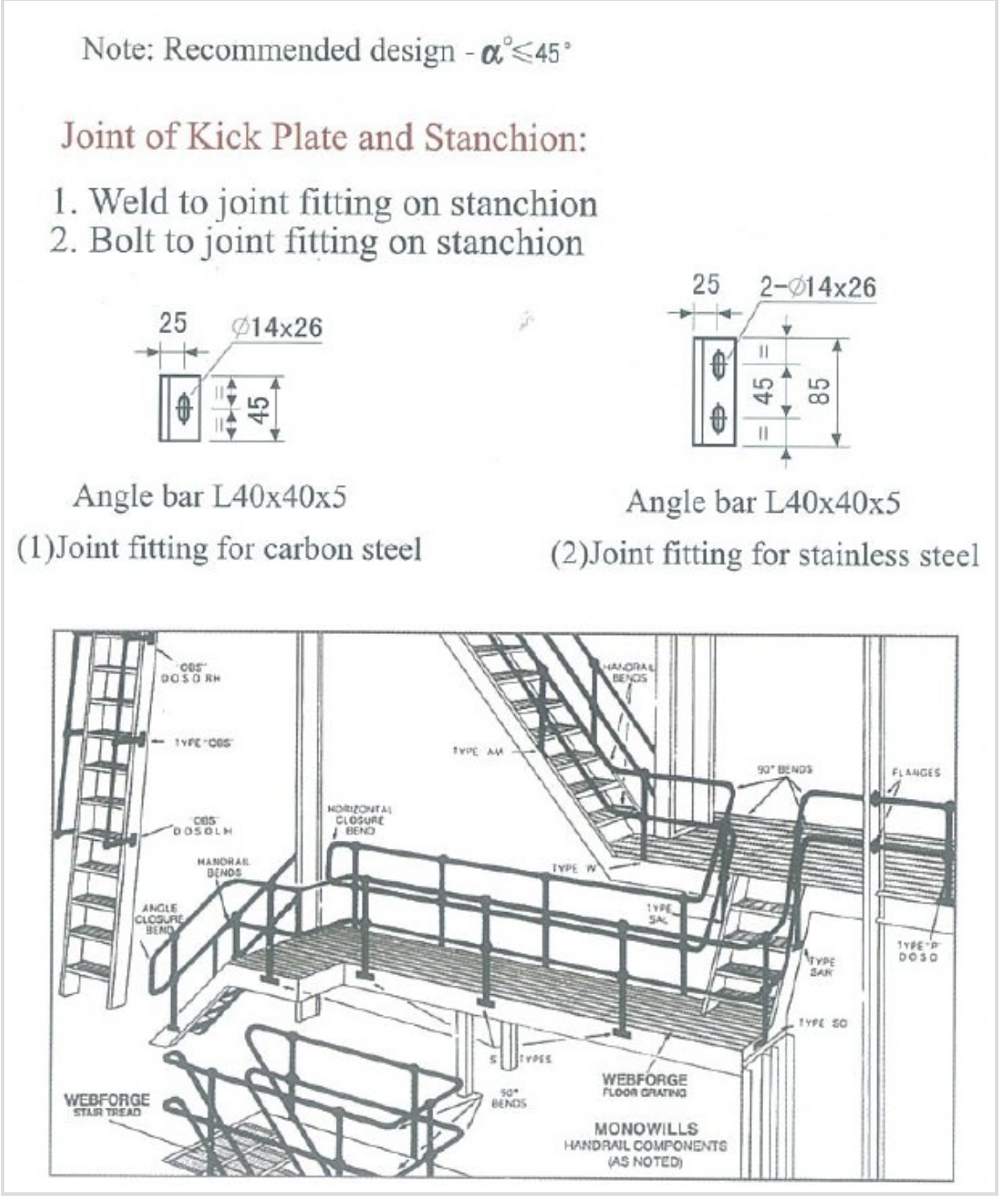
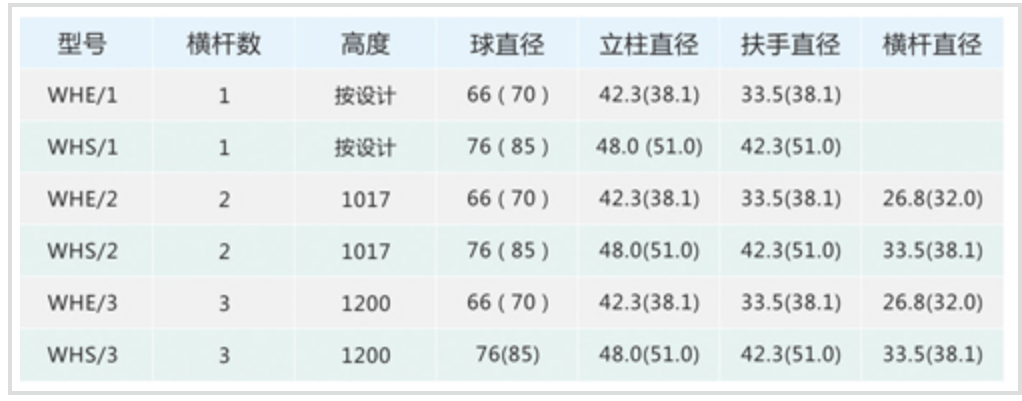
Note:
1. Steel Pipe Dimensions: In the above table, dimensions before the bracket
are for carbon steel, while those in the bracket are for stainless steel. However,
all final dimensions must be subject to drawing confirmation of both parties.
2.Stanchion Spacing: 1000, 1200 and 1500ram
3.Height of Handrail:
(1) Double Rails
A. Horizontal Handrail: with a minimum height of 1100ram for the handrail
B. Angled Handrail: with a minimum vertical height of 900ram for handrail
(2)Three Rails: generally 1200ram
(3)Single rail or more than 3 rails are subject to specific design.
4. Joint of Rail and Stanchion:
(1)Welding is generally adopted for joints with parcel antirust treatment.
(2) Bolts or pins are optional, with necessary holes to be drilled at site for
installation.
5. If customer reduces the height of handrail or the thickness of steel pipe, or
increase the main stanchion pitch, etc. so as to save cost, our company will not
be responsible for any consequence incurred.
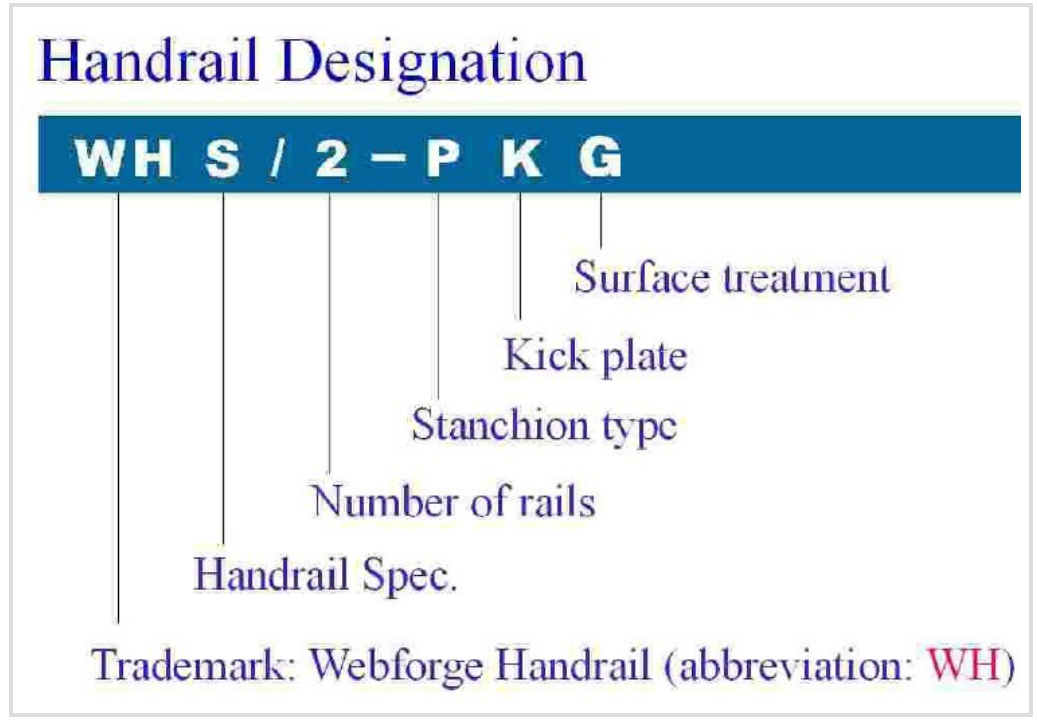
Related recommendations

